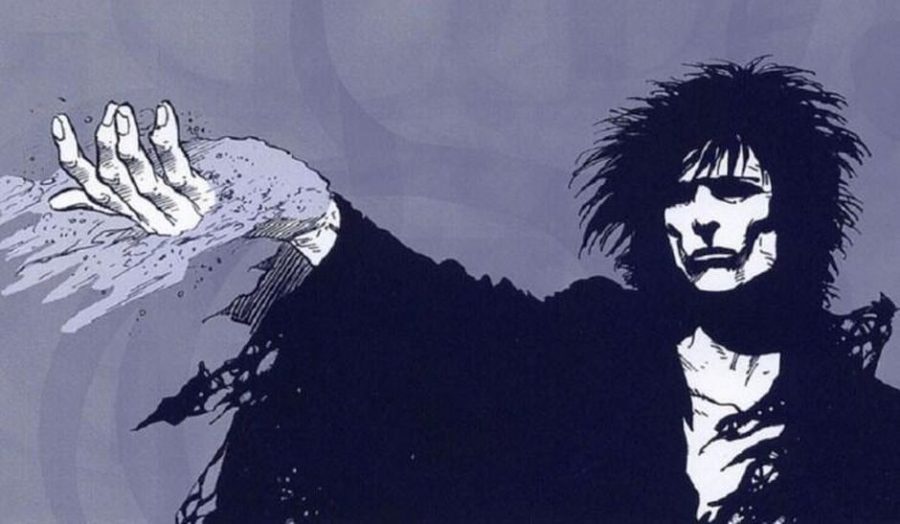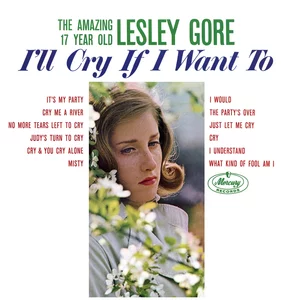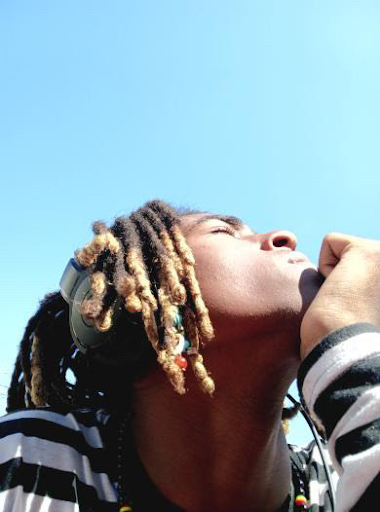The brilliance of Neil Gaiman’s The Sandman
After DC Comics concluded the Crisis on Infinite Earths event by Marv Wolfman back in 1985, DC Comics began searching for writers overseas in England which initiated the “British Invasion.”
The “British Invasion” was the influx of British writers within the comic book industry which saw writers Peter Milligan (Justice League Dark, Enigma), Alan Moore (V For Vendetta, Watchmen), and Grant Morrison (Arkham Asylum: A Serious House on Serious Earth, Doom Patrol) brought in to write stories for DC Comics. But one of the most important writers to be introduced to the comic book industry was none other than Neil Gaiman.
Neil Gaiman was born on Nov. 10, 1960, and has written many books over his career such as American Gods, Good Omens, and Coraline.
His first major book published with DC Comics came in the form of Black Orchid which was a success for DC Comics and ultimately led to Neil Gaiman’s most recognizable work: The Sandman.
The Sandman is a ten volume, 75 issue graphic novel released in 1989 and follows the character of Morpheus also known as “Dream of the Endless.” Morpheus is an Endless: a concept and personification of life in the universe, dreams, as he tries to regain his powers and control over the world of the Dreaming.
While primarily focusing on Morpheus, other Endless such as Death, Desire, Destruction, Despair; and Delirium appear to guide Morpheus. Some familiar faces within DC Comics also appear such as John Constantine who helps Morpheus retrieve a pouch of sand and Lucifer Morningstar who gives up the key to hell for Morpheus to decide the next ruler.
The Sandman is easily Neil Gaiman’s most recognizable book in his career for how he’s able to write a rich, beautifully well crafted tale that’s complex and diversified the comic book landscape.
Gaiman’s “Shakespearean writing” adds depth and layers to each character, humanizing them in a relatable fashion. Even with human characters, Gaiman explores the darkness and inhumanity like the character of Richard Fry who in the story sells Calliope to writer Richard Madoc as his slave of imagination. The Endless are conceptually intriguing characters that are dynamically unique and add to the story. While the storytelling is slow paced and richly dense in characterization and world building, Gaiman breaks The Sandman into single-issue stories which balances the cast of characters featured rather than focusing solely on Morpheus.
The Sandman makes for a riveting fantasy tale that’s not afraid to take bold risks and explore concepts with a sense of morality and humanity. Gaiman crafts a metatextual masterpiece that approaches storytelling in comic books from a new perspective of myths and legends.
The Sandman’s sales and popularity grew during the 1990s when the comic book industry began to plummet and the comic book collector market began to boom and preserve older comics for higher value. Even after The Sandman concluded, characters from the series never appeared in other DC Comics titles with the exception of Daniel Hall, Morpheus’ successor as Dream. Daniel Hall has made appearances in Lucifer: Nirvana and Hellblazer, and recently made a cameo appearance in Dark Nights: Death Metal by Scott Synder. The Dead Boy Detectives, who appeared in The Sandman issue #25, received a spinoff written by Toby Litt and loosely references The Sandman. They also made their on-screen debut in HBOMax’s Doom Patrol episode three “Dead Patrol.”
The Sandman also spawned a sequel in the form of The Sandman: Overture released in 2013 which acts as a prequel to the original series still focusing on Morpheus as he’s beginning to lose his powers and control of the Dreaming.
It was also announced in 2019 that Netflix would be adapting the series with Gaiman and David Goyer as executive producers, and Allan Heinberg as showrunner.
The series will have a total of 11 episodes and adapt volumes one Preludes and Nocturnes. Tom Sturridge was cast as Morpheus along with Kirby Howell-Baptiste as Death, Donna Preston as Despair, Mason Alexander-Park as Desire, Gwendoline Christie as Lucifer Morningstar, and Jenna Coleman as Johanna Constantine. The series is set to release next year exclusively on Netflix.

Senior Savion Simmavong is a staff writer for the A-Blast. He's entering his first year with the staff. In his free time, he enjoys reading, playing video...













